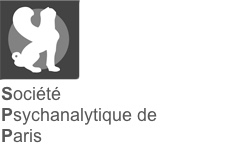|
Résumé :
|
Forty years after its publication in 1977, The Piggle has recently provoked new interest among researchers. Most notably, the real “Gabrielle” has shared her story with D. Luepnitz and the analytical community. Joining in this vibrant discussion, this paper aims at shedding new light on the case by focusing on The Piggle as a “set-up,” namely on the heterogenous ensemble of discursive and non-discursive elements which determined the analytical process. This reconsideration, although grounded in a Lacanian framework, supposes opening a dialogue between the French and English-speaking literature on the case. Three issues are at stake. First the paper intends to uncover the logic at work in the cure, studying it from the perspective of the analyst and the child, but also from that of the parents. Second, this triple focus is key to a reconsideration of the set-up of psychoanalysis with children more generally—in so far as it questions the function of infantile neurosis and what Winnicott calls “psychoanalysis partagé.” Third, it will look at the powerful effects of co-writing and co-publishing with the parents—considered as part of the set-up itself rather than exterior to the process of the cure—on the analytical outcome.
|





